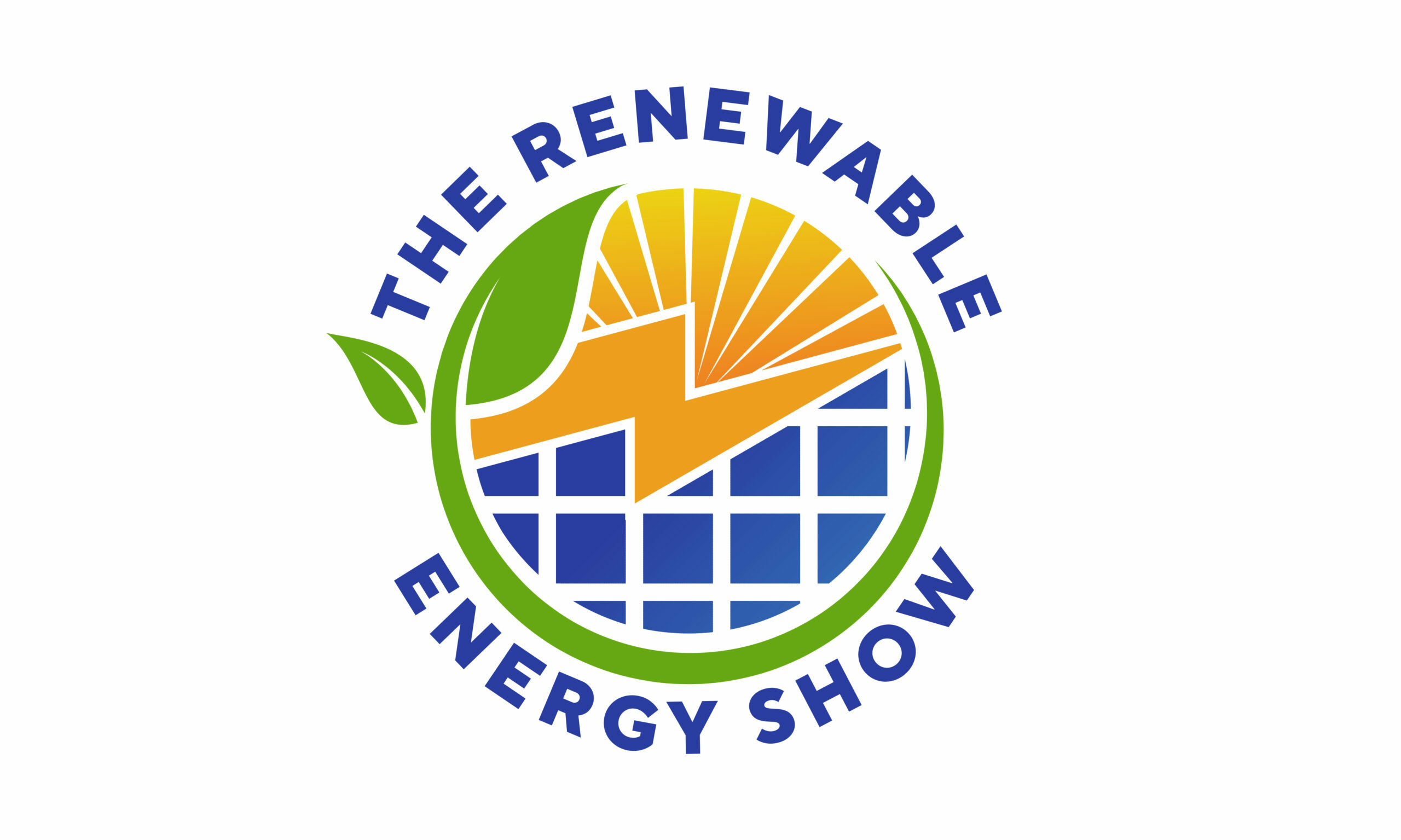As I sit here, sipping my morning coffee and gazing out the window at the crisp autumn air, it’s hard to believe that just a few decades ago, climate change was dismissed as a distant threat, a future problem for someone else’s generation to worry about. But the reality is, we’ve reached a tipping point. Climate change is no longer a looming specter; it’s a harsh reality that’s already affecting our daily lives.
The science is clear: human activities, particularly the burning of fossil fuels, are releasing massive amounts of greenhouse gases into the atmosphere, leading to a global average temperature rise of over 1°C since the late 19th century. The consequences are devastating. From record-breaking heatwaves and droughts to Category 5 hurricanes and wildfires, the evidence is mounting that climate change is having a profound impact on our planet.
One of the most striking examples is the acceleration of sea-level rise. In just the past few years, we’ve seen coastal cities around the world experience flooding, erosion, and saltwater intrusion into freshwater sources. Miami, Venice, and Jakarta – once-thriving metropolises – are now confronting the very real possibility of becoming uninhabitable.
But it’s not just coastal communities that are feeling the pinch. Rising temperatures are altering ecosystems, disrupting food chains, and decimating biodiversity. The once-pristine glaciers of the Arctic and Antarctic are melting at an alarming rate, threatening the very foundation of polar ecosystems. And let’s not forget the human cost: climate-related disasters are displacing millions, causing economic devastation, and claiming lives.
So, what’s driving this crisis? The answer lies in our addiction to fossil fuels. We’ve been relying on coal, oil, and gas for centuries, ignoring the warning signs and pushing the planet to its limits. The consequences are dire: every year, we burn an estimated 2.5 billion barrels of oil, 7.5 billion cubic meters of gas, and 1.7 billion tons of coal, releasing over 33 billion metric tons of CO2 into the atmosphere.
But there’s hope. The transition to renewable energy is underway, and it’s gaining momentum. Solar and wind power are becoming increasingly cost-competitive with fossil fuels, and innovation is driving down the prices of electric vehicles and energy-efficient technologies.
However, the shift to a low-carbon economy won’t happen overnight. It requires a fundamental transformation in the way we live, work, and consume. It means changing our diets, reducing our energy consumption, and adopting sustainable practices that respect the natural world. It means holding governments, corporations, and individuals accountable for their actions.
The clock is ticking, and the stakes are high. But I’m optimistic. I see a world where climate change is no longer a distant threat, but a rallying cry for collective action. I see a world where technology and innovation are harnessed to create a more sustainable, equitable, and just future for all.
It’s time to wake up to the reality of climate change. It’s time to take action. The future is in our hands, and it’s time to act.
